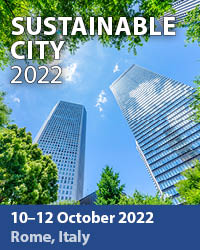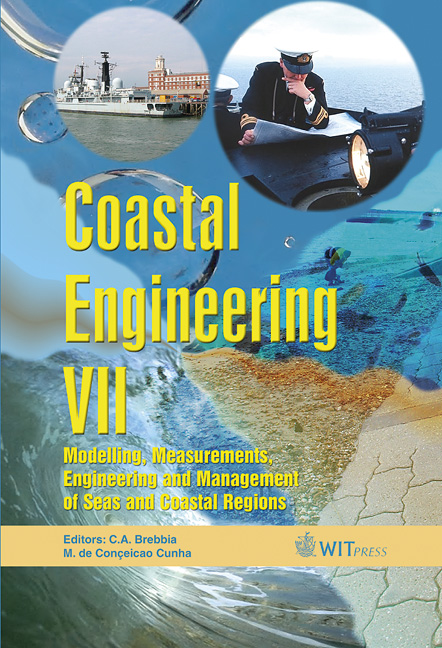Numerical Modelling Of The Brunei Coastal Zone
Price
Free (open access)
Transaction
Volume
78
Pages
10
Published
2005
Size
1,871 kb
Paper DOI
10.2495/CE050151
Copyright
WIT Press
Author(s)
C. Schluter & I. Gnanachandran
Abstract
The Brunei coastline has been experiencing erosion for many years, ranging from small scale loss of beach to large scale cliff erosion which has been threatening coastal dwellings and infrastructure. This project was aimed at applying a range of numerical models to the coastal geomorphology, to assess the sediment budget and key mechanisms affecting sediment transport along the entire Brunei coastline and extending approximately 50km offshore. Numerical models which were applied included a 2D Lagrangian beach model and a hydrodynamic pollutant transport model coupled with a wave refraction model to assess both the nearshore surf zone transport and the offshore sediment transport regimes. The wave climate for the region is dominated by the Northeasterly Monsoonal conditions during the months of December to February. The objective of the numerical study was to determine the influence that coastal structures and offshore shoals have had on the coastline. The results from the numerical investigation indicate that significant wave focusing occurs at historical erosion regions and generates a nett westerly drift within the surf zone. Offshore of the surf zone, however, the numerical modelling indicated an easterly drift of sediment being indicative of a \“Localised Sediment Cell” where the sand migrates along the coast towards the west and returns via ambient currents offshore. Keywords: numerical modelling, coastal erosion, surf zone, littoral transport, sediment budget. 1 Introduction Situated on the island of Borneo in the South China Sea, at approximately 140km in length, the coastline of Brunei represents a diverse multi-use coastal
Keywords
numerical modelling, coastal erosion, surf zone, littoral transport, sediment budget.





